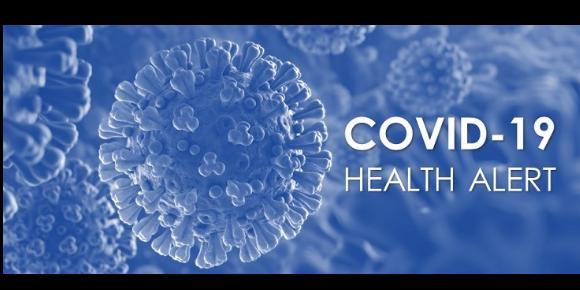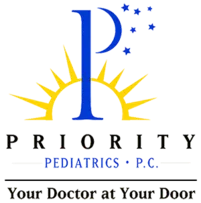
AAP President Sally Goza, MD, FAAP, offers advice for parents on how to communicate with children about COVID-19, and recommendations to keep children safe and healthy; https://youtu.be/Jq4ICWMsBqE
KEY MESSAGES
1. Parents should follow the same prevention protocols now as they would during the cold and flu season. There is no vaccination to prevent COVID-19, so the best way to prevent infection is to avoid being exposed to it. To keep your family healthy and avoid spreading germs:
Make sure everyone washes their hands often with soap and water for at least 20 seconds. If soap and water are not available, use a 60% alcohol-based hand sanitizer. Then wash hands later when access to soap and water is available.
Keep your children away from others who are sick. Individuals who are ill should stay home and not go to school, work or child care.
Teach children to cough and sneeze into a tissue and discard the tissue, or to cough or sneeze into their arm or elbow, not their hands (and then wash their hands).
Clean and disinfect often household objects and surfaces in your home.
Avoid touching your face; teach children to do the same.
2. Symptoms of COVID-19 are similar to the flu and can include fever, cough, body aches, tiredness, sore throat, headache, and diarrhea. If children have a difficult time breathing, they should seek medical care. When feasible, call the pediatrician’s office, urgent care, or hospital emergency department in advance of going to see if they have protocols around when to come in to be evaluated or to stay at home.
3. U.S. children are more vulnerable to the flu right now than COVID-19, and they should receive a flu vaccination now if they haven’t already. Some children have experienced a mild form of COVID-19, and some have been hospitalized -- but what we know so far is that older adults are more vulnerable to serious forms of illness from COVID-19. The flu, on the other hand, can lead to severe illness and even death in children.
4. Families are encouraged to stay up to date with information about the disease and its spread in their community. Seek information from credible sources like their pediatrician, the AAP, CDC, and state and local health departments.
FAQ
What is COVID-19 and how does it spread?
Human Coronaviruses are a family of viruses that commonly cause mild to moderate illness like the common cold. Almost everyone gets infected with one of these viruses at some point in their lives, and most of the time the illness lasts for a short amount of time. Most children experience a mild form of COVID-19, but some have been hospitalized – but what we know so far is that older adults are more vulnerable to serious forms of illness from the coronavirus.
The virus is thought to spread mainly from person-to-person between people who are in close contact with one another (within about 6 feet). Respiratory droplets are produced when an infected person coughs or sneezes. These droplets can land in the mouths, noses, or eyes of people who are nearby or possibly be inhaled into the lungs. It may be possible that a person can get COVID-19 by touching a surface or object that has the virus on it and then touching their own mouth, nose, or possibly their eyes, but catching the virus from a surface is not thought to be the main way the virus spreads. The virus is probably spread most when people are ill, but some spread probably occurs before symptoms appear.
What steps are pediatricians taking?
Pediatricians are urged to take the steps they would for any potential infectious disease outbreak. This includes preparing their offices to enhance and reiterate standard infection-control practices, collaborating with their local hospital and health systems, and advising families in their practice to stay home from work, school and child care if they are ill. [As a house call pediatrician, Dr. T has the safest "office" ever, since visits are made to your home.]
The AAP is communicating regularly with the experts at the CDC, as well as with AAP pediatric infectious disease and emergency preparedness experts. The AAP is advocating with Congress to make sure additional resources are made available when needed.
How can we talk to children about the COVID-19?
Children can cope more effectively when they feel they understand what is happening and what they can do to help protect themselves, family, and friends. Provide basic information to help them understand, without providing unnecessary details that may only alarm them. For very young children, share concrete information and let them know what steps that are being taken to keep them safe. For older children, no matter what age, start by asking children what they already know and what questions they have and use that as a guide for the conversation. Teach children about preventive health practices (eg, washing their hands after they use the restroom and before they eat). HealthyChildren.org provides more information here.
Should my child wear a face mask?
The CDC does not recommend that people who are well wear a face mask to protect themselves from respiratory diseases, including COVID-19.
Additional Resources:
The CDC website offers a wealth of information pertaining to the virus — from identifying and treating infections, to preparedness for health care professionals.
• Preventing COVID-19 Spread in Communities
• Coronavirus Prevention and Treatment
